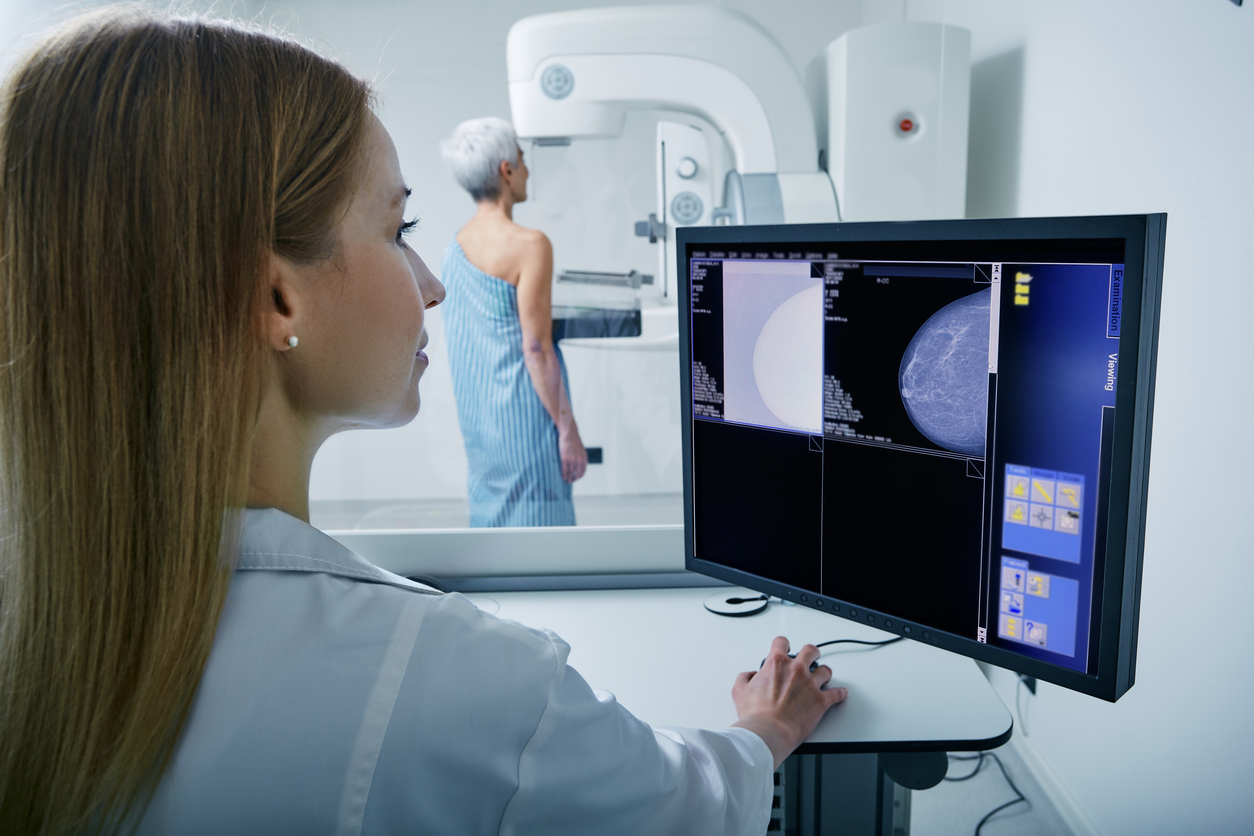Beyond mammography: new evidence for dense breast screening
Oncologie
Breast
cancer screening is a cornerstone of early detection, but for women with dense
breast tissue, traditional mammography often falls short. To address this
challenge, the Breast Screening—Risk Adapted Imaging for Density (BRAID)
trial, recently published in The Lancet, offers promising evidence
on whether supplemental imaging can bridge this gap.
Dense breasts:
key facts
Breast
density is categorized using BI-RADS, with categories C (heterogeneously dense)
and D (extremely dense) representing the highest levels. Women in these groups
face two issues: a higher likelihood of developing breast cancer and a reduced
sensitivity of mammography. This dual risk highlighting the need for
alternative screening methods.
The
BRAID study
The BRAID
trial is a large, randomized controlled study conducted across 10 UK National
Health Service sites. It enrolled women aged 50 to 70 with dense breasts and a
negative mammogram. Participants were randomized to one of four arms:
- Standard care: Full-field digital mammography only
- Supplemental imaging:
- Abbreviated MRI
- Automated Whole-Breast Ultrasound (ABUS)
- Contrast-Enhanced Mammography (CEM)
- Standard care: 2,568
- MRI: 2,130
- ABUS: 2,141
- CEM: 2,035
- CEM: 19.2
- MRI: 17.4
- Standard care: 8.4
- ABUS: 4.2

Dernières revues
Capivasertib + Fulvestrant : la bonne pioche après échec des CDK4/6 ?

Le cancer du sein métastatique HR+/HER2-, le plus fréquent ch...
Beyond mammography: new evidence for dense breast screening

Breast cancer screening is a cornerstone of early detection, but for...
Un cancer hétérogène, une prise en charge en mutation

#CSM #NGS #Oncologie #Octobre Rose #ThérapieCiblée <br>